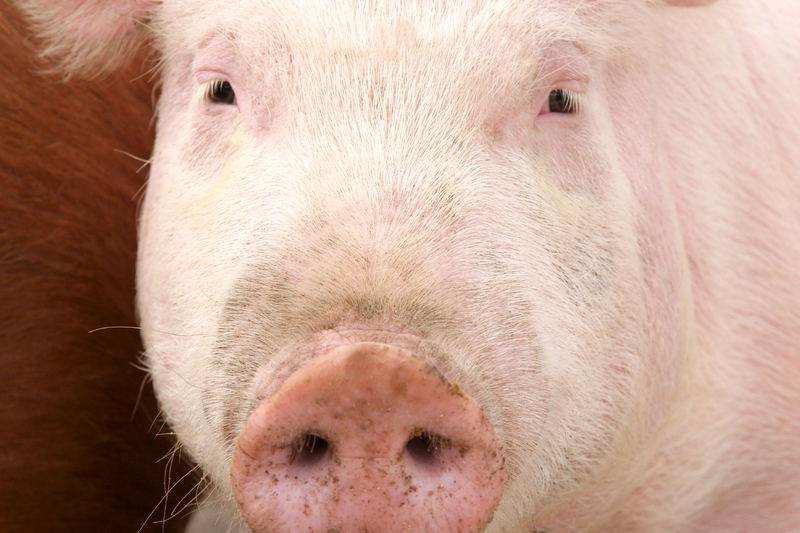Research: Pigs may help prevent human obesity

A project jointly run by Aarhus University will focus on developing healthy foods that can prevent obesity-related diseases and promote public health. Pigs will be used for parts of the project as models for humans.
Innovation Fund Denmark is investing DKK17.5 million (€23.5 mln) in a new research project that will explore how a diet rich in protein and fibre can form part of the fight against obesity-related diseases and help to improve public health.
In the western world, 20-25% of the adult population suffers metabolic syndrome (Metabolic syndrome doubles the risk of cardiovascular disease) and in almost half of the OECD countries 50% or more of the population is overweight. One of the reasons is that we eat too much unhealthy food, says Professor Knud Erik Bach Knudsen, from the Department of Animal Science at Aarhus University who will be leading the project over the next four years.
The project is undertaken jointly with Aarhus University Hospital, Rigshospitalet, University of California – Davis, Norwegian University of Life Science, Arla Food Ingredients, Lantmännen and DuPont. One of the goals is to develop healthy foods that can prevent the development of obesity-related disorders in humans.
The protein used in the studies will be from either whey or vegetable protein while the fibres will come from food products such as cereal grains, which are rich in arabinoxylan.
Pigs used as models
The studies will partly be tested on people who are healthy, diabetic or have metabolic syndrome, and partly on pigs that have metabolic abnormalities. An aspect of the project is aimed at developing a model pig that has metabolic abnormalities corresponding to those in people with metabolic syndrome.
Healthy snacks and meals
A better understanding of how the body reacts to fibre and protein can pave the way for the development by the companies in the project of dairy or cereal-based products with beneficial effects on metabolic syndrome, or a protein snack that can be eaten before a meal with a beneficial effect on appetite and blood lipid levels following the meal.
Source: Aarhus University











